Ten things you can do to show your pets you love them

Who loves you more than your pet? This Valentine’s Day, don’t forget to show your pets the same love they show you every day.
But how? You already know chocolate is a no-no, and since your pets can’t read e-cards and don’t appreciate jewelry or flowers ― well, that takes all the go-to Valentine’s gifts off the table.
Here’s the good news. There are better ways to show your pets how much you love them, and while you can make Valentine’s Day extra special for them, here are 10 simple things you can do that will make your pet feel loved every day.
Need a gift for your human Valentine? Sponsor a pet!
1. Feed your pets healthy food
Just like humans, pets thrive when they have a healthy diet. Unfortunately, there’s a lot of misinformation out there regarding pet food. In fact, many of the studies on canine nutrition are funded by pet food companies ― a situation that poses a conflict of interest. It seems that everyone has a different opinion on optimal nutrition for our furry friends. One reliable source of information, though, is a veterinarian who specializes in nutrition. Visit the website of the American College of Veterinary Nutrition (acvn.org) for some basic guidelines about what to feed your pet, and always check with your vet before changing your pet’s diet.
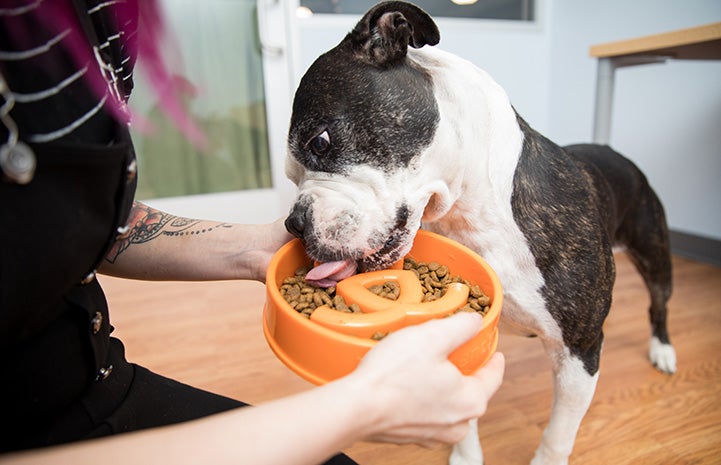
2. Exercise your pet
Exercise is a vital part of enriching your pets’ lives. Walking, running, playing fetch or tug, and learning agility or flyball are all great ways to keep your dog physically fit. For cats, try interactive play with wand toys (we like Da Bird) or balls. Some cats can be taught to enjoy walks outdoors wearing a harness and leash. Many of these activities have the added benefit of exercising humans, too. Always check with your vet before starting your pet on a new exercise regimen.
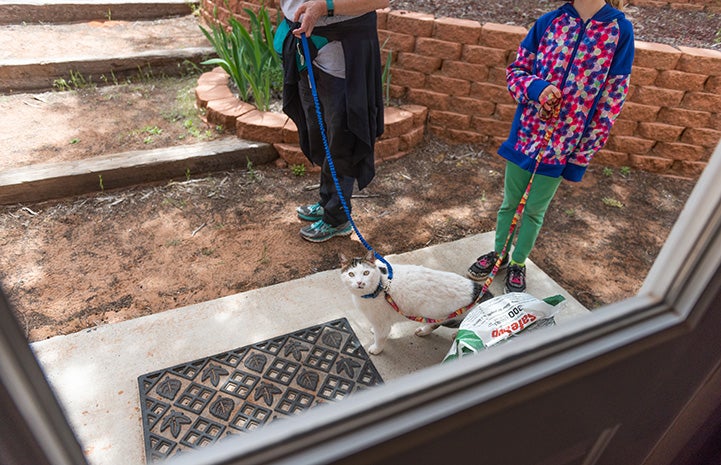
3. Learn a new language
Become bilingual by learning your pet’s language. Our pets are constantly communicating with us through their body language, but sometimes we don’t understand what they’re saying. To learn more, we recommend the books On Talking Terms with Dogs: Calming Signals by Turid Rugaas and Canine Body Language: A Photographic Guide by Brenda Aloff for dogs, and anything by Pam Johnson-Bennett for cats.
4. Pay attention to what he wants to do
Once you speak dog or cat, start observing whether or not your pets enjoy the activities you’re asking them to participate in. Does your pup indicate through his body language that he really doesn’t enjoy wrestling with other dogs? If so, cut it from your repertoire. On the flip side, try to find things that he loves doing and work those activities into your schedule. For example, if your dog loves to dig, make him a sand pit out of a kiddie pool. If your cat loves going outside, build a cattery so she can enjoy the outdoors safely.
5. Invest in a relationship-based training class
Reward-based training classes help you to build a relationship with your pet, provide her with mental (and sometimes physical) enrichment, and let you just have fun with her. Try a class in basic manners, a Canine Life and Social Skills (CLASS) course or classes to teach your dog nose work, agility, treibball or flyball. Need help finding a good trainer? Check out the resource “Find a Dog Trainer.”
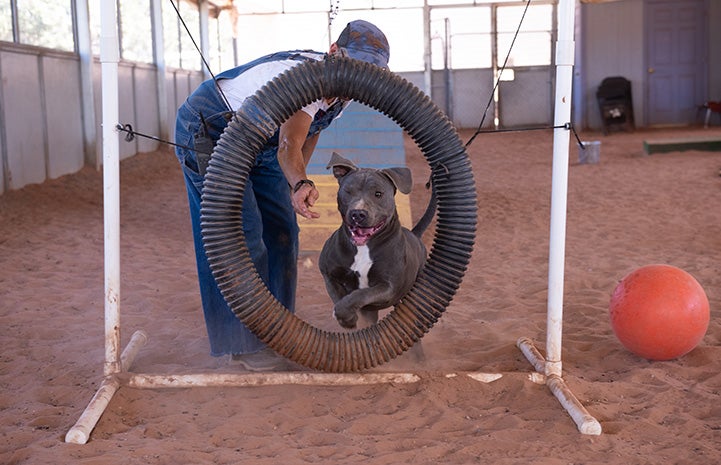
6. Visit the vet for a checkup
Let’s face it. Few of us like going to the doctor, and our pets are no different. But you can teach your pets to tolerate going to the vet by doling out delicious treats that make the experience more enjoyable. Many clinics will allow you to simply come and visit, so that later on when an appointment is necessary, your pet will have a more positive association with medical care. Don’t forget to schedule your pet’s annual checkup while you’re there.
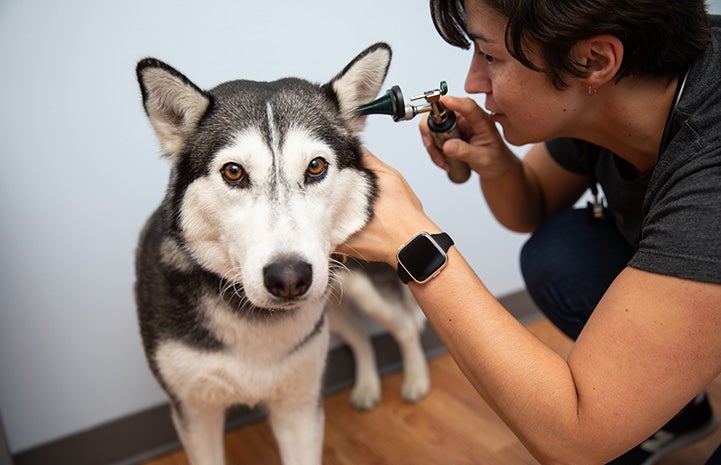
7. Play more games
Playing games is an effective stress reliever for you and provides your pets with both mental and physical benefits. To keep your pet from getting bored, find a few activities (such as fetch, hide-and-seek and scent games) that you enjoy playing with each other. Your pet isn’t sure how to play games? Ask someone who does reward-based training how you can teach him.
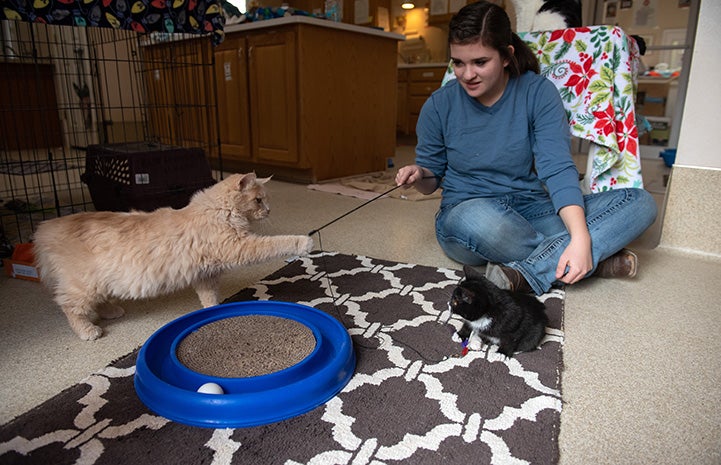
8. Help him conquer his fears
In animals, fear manifests itself in several ways, ranging from shutting down to retreating to appearing aggressive. We don’t often work on our pets’ fears (or even notice them) unless it becomes a problem for us. Enhance your pet’s quality of life by vowing to change that this year. If you don’t know where to start, consider hiring a behavior consultant who is certified through the International Association of Animal Behavior Consultants. These professionals can teach you effective techniques for allaying your pet’s fears. You can also get helpful information at bestfriends.org/resources.
9. Use appropriate walking tools
Collars and harnesses are tools that can help your dog walk on a loose leash and also remain comfortable. If the tool you’re using isn’t meeting your needs and those of your pet, do some research and find something better. For example, front-clip harnesses are ill-advised for running, but they work great for dogs who pull. Back-clip harnesses aren’t recommended for pullers, but work well for dogs who have neck issues. Keep in mind that some walking tools have adverse side effects. Choke chains, for instance, can cause trachea damage even if they’re used correctly. And prong collars often increase aggressive behavior.
10. Enjoy and pamper your pets
Most important of all, show them just how much they are loved. Take a few extra minutes to cuddle. Let your dog play with his buddies just a bit longer. Give your cat an extra treat now and then just for being cute. Be slow to anger, quick to forgive and cherish every moment you have with your pets this Valentine’s Day.
Give love to homeless pets all year long by becoming a Best Friends member

Photos by Sarah Ause Kichas, Molly Wald and Kurte Budde